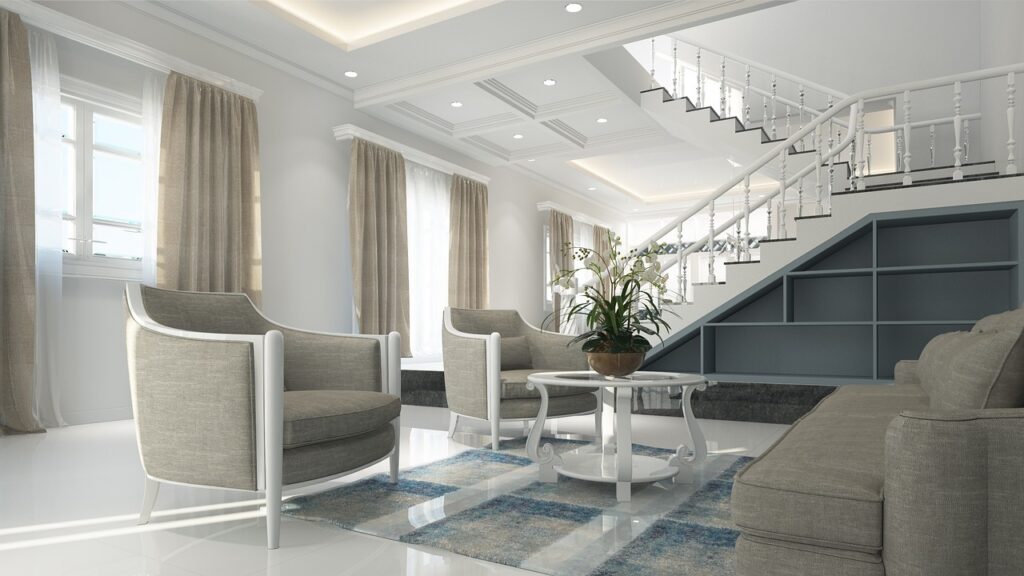To Share is to Show You Care!
Are you tired of feeling cramped in your home? Do you wish you had more space for your belongings and decorations? Look no further! In this blog post, we will reveal the best home decor solutions that will not only enhance the aesthetics of your living space but also unveil hidden areas you never knew existed. Get ready to be amazed as we count down the top six mind-blowing space-saving ideas that will revolutionize your home!
1] Mirrors: Reflecting Space and Light
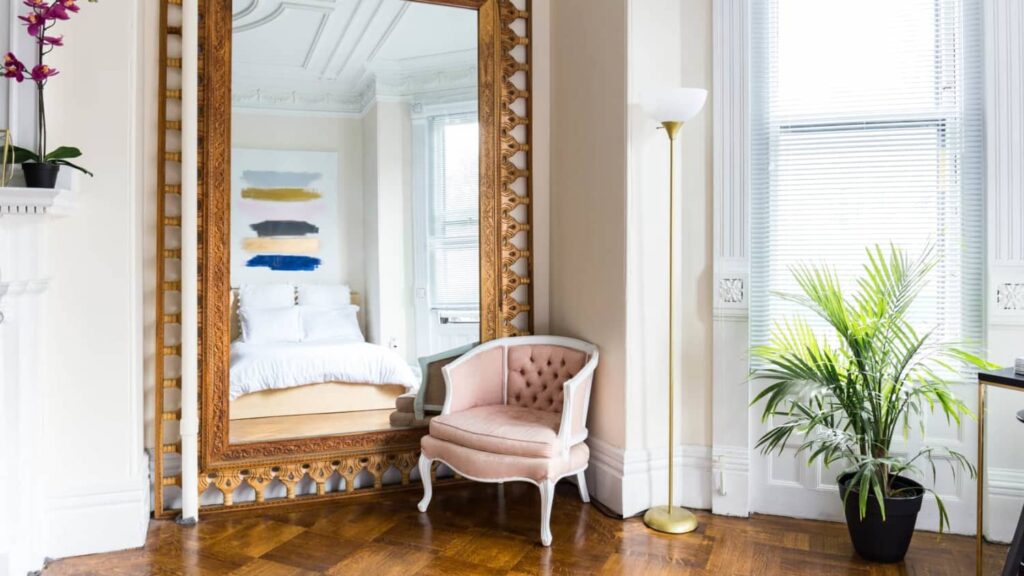
- Mirrors are not just for checking your reflection; they are also a fantastic trick to create an illusion of extra space.
- Strategically placing mirrors on walls can make a room appear larger and brighter.
- Choose large mirrors to maximize the effect and position them across from windows or light sources.
2] Multifunctional Furniture: Beauty and Practicality Combined
- Opt for furniture pieces that serve multiple purposes, such as ottomans with hidden storage compartments or coffee tables that can be extended into dining tables.
- Look for beds with built-in drawers or shelves to store extra linens or seasonal clothing.
- By choosing multifunctional furniture, you can declutter your space while maintaining a stylish and organized home.
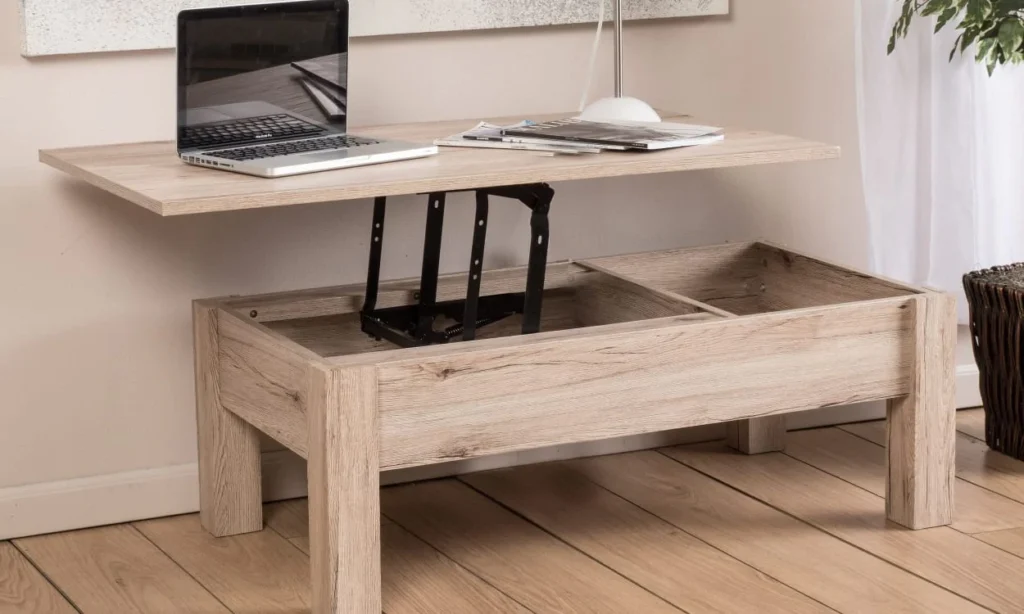
3] Wall-Mounted Shelves: Utilize Vertical Space
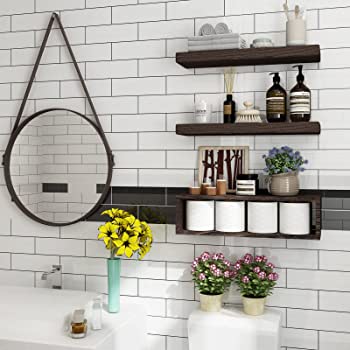
- Walls are often an overlooked storage opportunity in homes.
- Install wall-mounted shelves to keep your belongings off the floor and free up valuable space.
- Use floating shelves to display decorative items while keeping them within easy reach.
4] Space-Saving Hacks for Small Kitchens
- Use magnetic racks or hooks on the inside of cabinet doors to store knives, utensils, and spices.
- Invest in collapsible or stackable kitchenware to maximize storage space.
- Consider installing a pegboard on the wall to hang pots, pans, and other kitchen essentials.
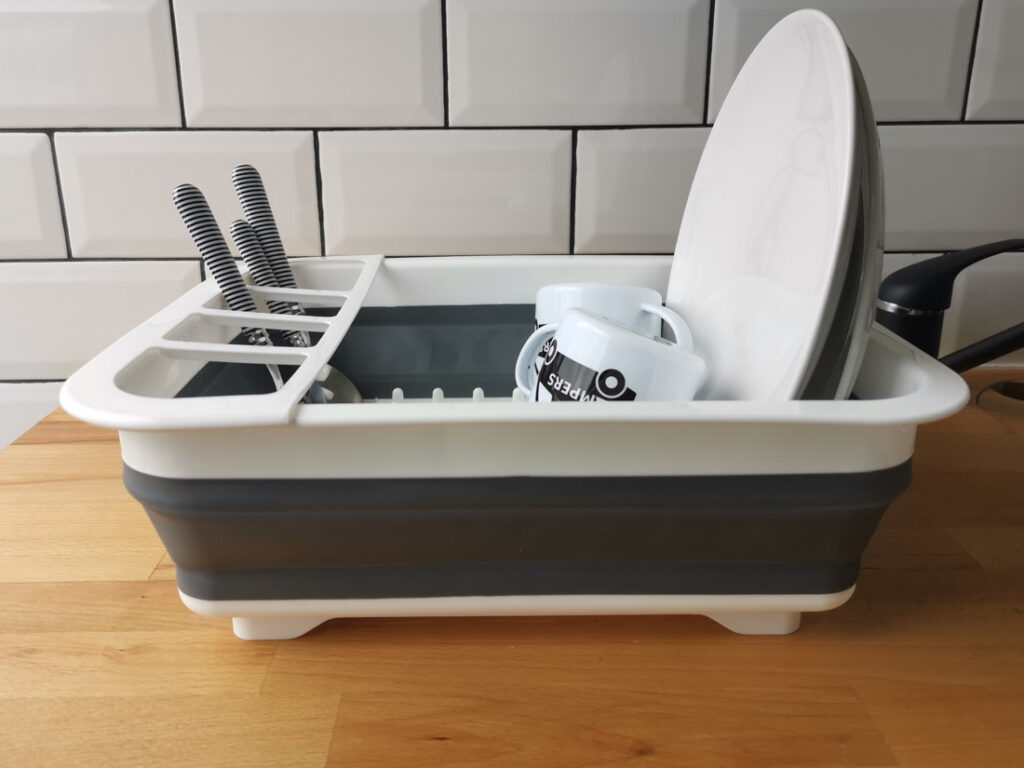
5] Creative Storage Solutions: Think Outside the Box
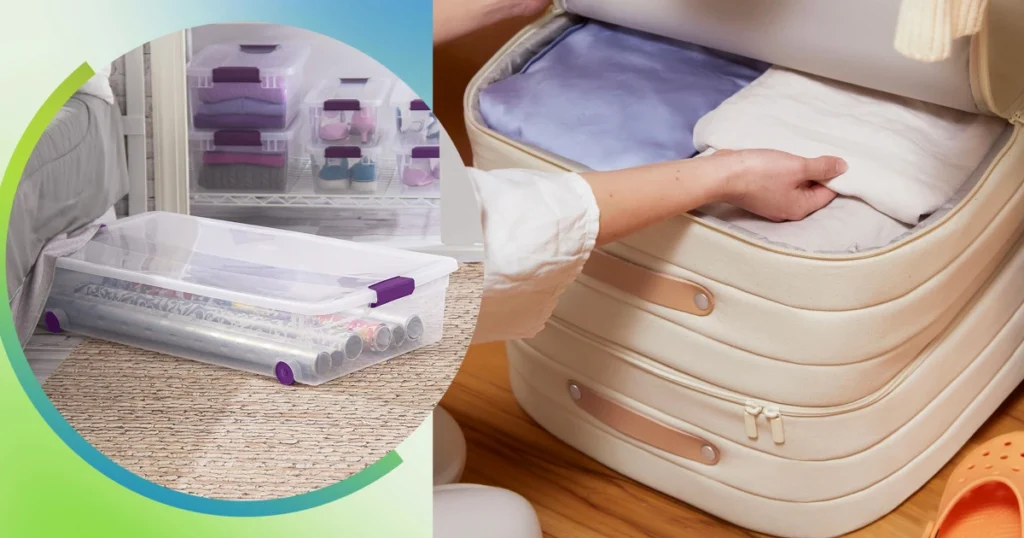
- Make use of under-bed storage containers to keep off-season clothing or extra bedding.
- Utilize the space above cabinets by installing decorative baskets or boxes to store seldom-used items.
- Hang a shoe organizer on the back of doors to store accessories, cleaning supplies, or even small toys.
6] Transforming Nooks and Crannies: The Hidden Gems
- Explore the potential of under-stair storage by adding drawers or shelves to optimize that space.
- Convert an unused closet into a cozy home office or a mini library by adding a desk, shelves, and a comfortable chair.
- Look for opportunities to create built-in storage in awkward corners or alcoves.
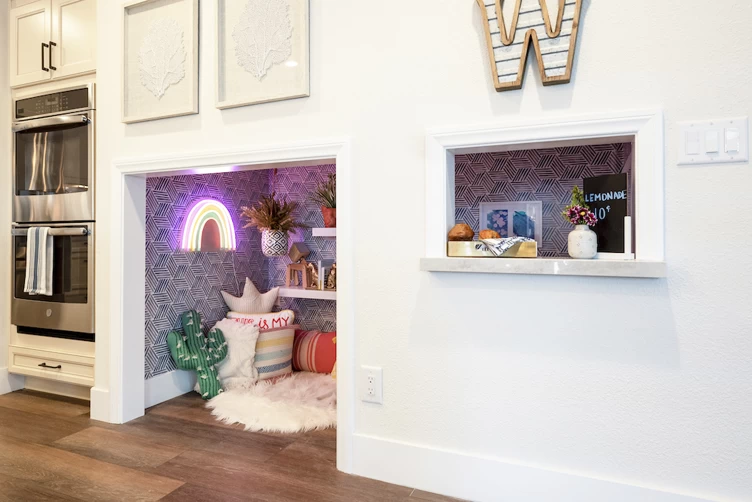
Conclusion
Limited space in home decor is no longer a problem with these incredible solutions. By implementing the best space-saving ideas, you can unlock hidden areas, declutter your home, and create a more spacious and inviting environment. Don’t miss out on the astonishing number 6, which will completely transform the way you think about utilizing space in your home. Get ready to be amazed by the possibilities that await you!
Frequently Asked Questions
Q1: How do you optimize small spaces?
A: Small spaces can be optimized by using multifunctional furniture, utilizing vertical space with wall-mounted shelves, employing creative storage solutions like under-bed storage containers, and transforming unused areas into functional spaces such as under-stair storage or a home office in a closet.
Q2: How can I maximize space at home?
A: To maximize space at home, consider using furniture that serves multiple purposes, such as ottomans with hidden storage or extendable coffee tables. Utilize wall-mounted shelves, make use of vertical space, and explore opportunities for built-in storage. Additionally, decluttering and organizing belongings can help create a more spacious environment.
Q3: How do you fill awkward wall space?
A: Awkward wall spaces can be filled by using various techniques such as hanging artwork or mirrors to create visual interest, installing floating shelves to display decorative items, or using wall-mounted planters to add greenery. Another option is to create a gallery wall with a mix of photos, artwork, and decorative objects.
Q4: How to design a house with small space?
A: When designing a house with limited space, it is essential to focus on functionality and maximizing efficiency. Choose furniture that is proportionate to the space and offers storage options. Utilize built-in storage solutions, optimize vertical space with shelves, and consider open-concept designs to create the illusion of more space. Light colors, mirrors, and adequate lighting can also enhance the perceived spaciousness.
Q5: How do you organize with limited space?
A: Organizing with limited space requires smart storage solutions. Utilize storage containers, baskets, and bins to keep items organized and easily accessible. Make use of vertical space by installing shelves or using hanging organizers. Maximize closet space with organizers or dividers, and consider purging unnecessary items regularly to maintain a clutter-free environment.
Q6: What are the psychological effects of living in a small space?
A: Living in a small space can have psychological effects such as feelings of claustrophobia, stress, and a sense of being restricted. It can also impact mood and overall well-being. However, optimizing the space, decluttering, and using creative design techniques can help alleviate these effects and create a more comfortable and inviting environment.
Q7: How can I increase my free space?
A: To increase free space, start by decluttering and getting rid of unnecessary items. Consider implementing smart storage solutions such as utilizing under-bed storage, installing shelves, or using furniture with built-in storage. Maximize vertical space and keep surfaces clear by organizing and using multifunctional furniture.
Q8: How do you use dead space in your house?
A: Dead space in a house can be utilized by transforming it into functional areas. For example, an empty corner can be turned into a cozy reading nook by adding a comfortable chair and a bookshelf. Under-stair storage or a home office in a closet are other examples of using dead space effectively.
Q9: How do you fill small wall decor?
A: Small wall decor can be filled by using various options such as hanging small artwork or prints, arranging a gallery wall with a collection of smaller frames, or using decorative wall decals or stickers. Additionally, shelves or floating ledges can be installed to display small decorative objects or plants.
Q10: How do I make my wall less boring?
A: To make a wall less boring, consider adding visual interest through artwork, mirrors, or wall hangings. Use paint or wallpaper to add texture or pattern. Install shelves and display decorative items or create a gallery wall. Another option is to use removable wall decals or stickers to add color and personality.
Q11: When designing a room, what is the most important factor?
A: The most important factor when designing a room is functionality. Consider how the room will be used and prioritize furniture and layout choices that optimize the space for that purpose. Other important factors include lighting, comfort, and aesthetic appeal, but ensuring the room serves its intended function should be the primary consideration.
Q12: How do interior designers make small rooms look bigger?
A: Interior designers employ various techniques to make small rooms appear bigger. Some common strategies include using light and neutral colors on walls and furniture, maximizing natural light through window treatments, strategically placing mirrors to create an illusion of depth, using furniture with exposed legs to create a sense of openness, and minimizing clutter to maintain a clean and spacious feel.
Q13: How to achieve minimalist interior design?
A: To achieve a minimalist interior design, focus on simplicity and decluttering. Use a limited color palette, opt for clean lines and minimal ornamentation in furniture and decor. Keep only essential items and eliminate excess clutter. Emphasize open space and maintain a sense of calmness and balance throughout the design.
The Informed Minds
I'm Vijay Kumar, a consultant with 20+ years of experience specializing in Home, Lifestyle, and Technology. From DIY and Home Improvement to Interior Design and Personal Finance, I've worked with diverse clients, offering tailored solutions to their needs. Through this blog, I share my expertise, providing valuable insights and practical advice for free. Together, let's make our homes better and embrace the latest in lifestyle and technology for a brighter future.

